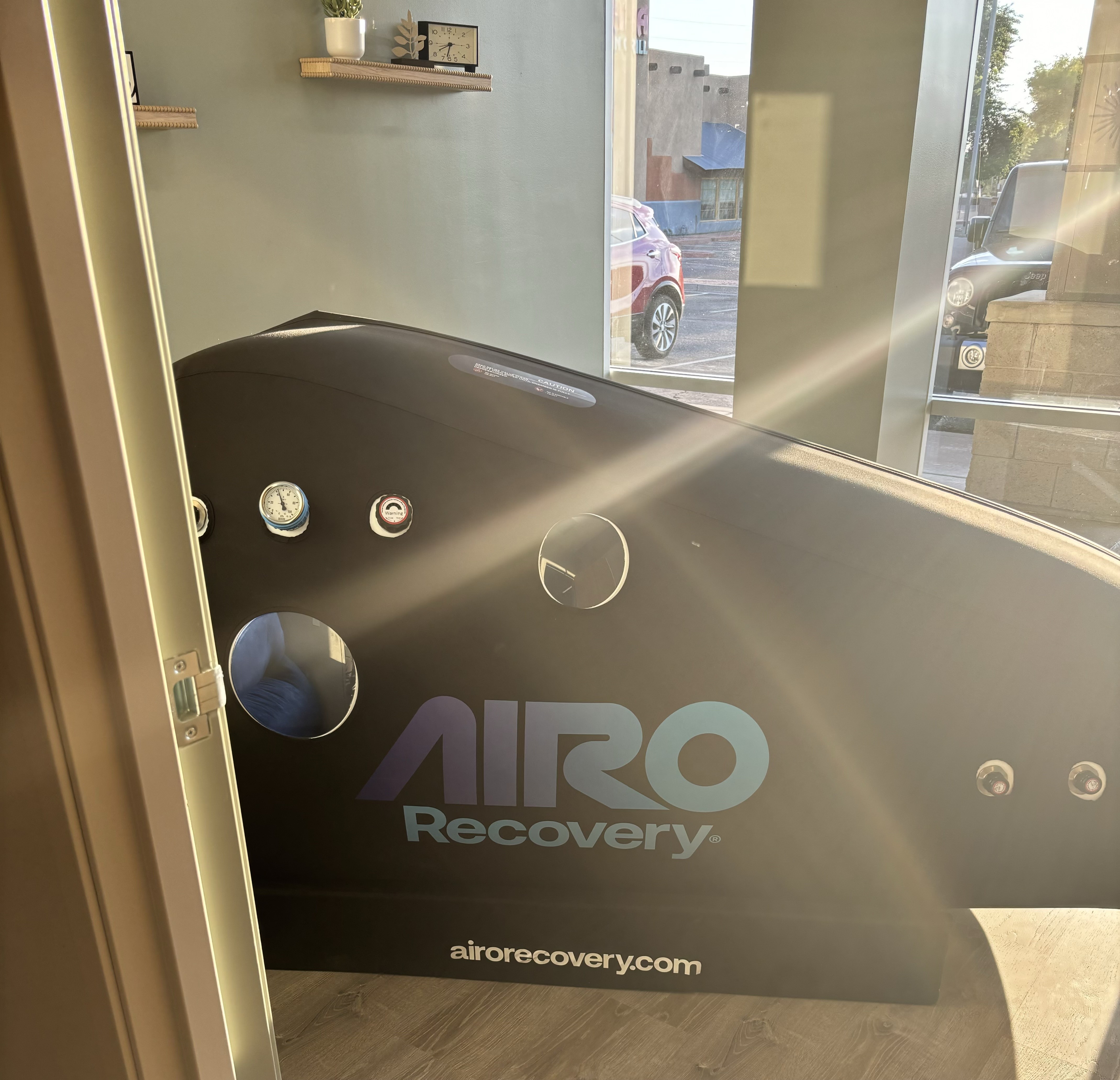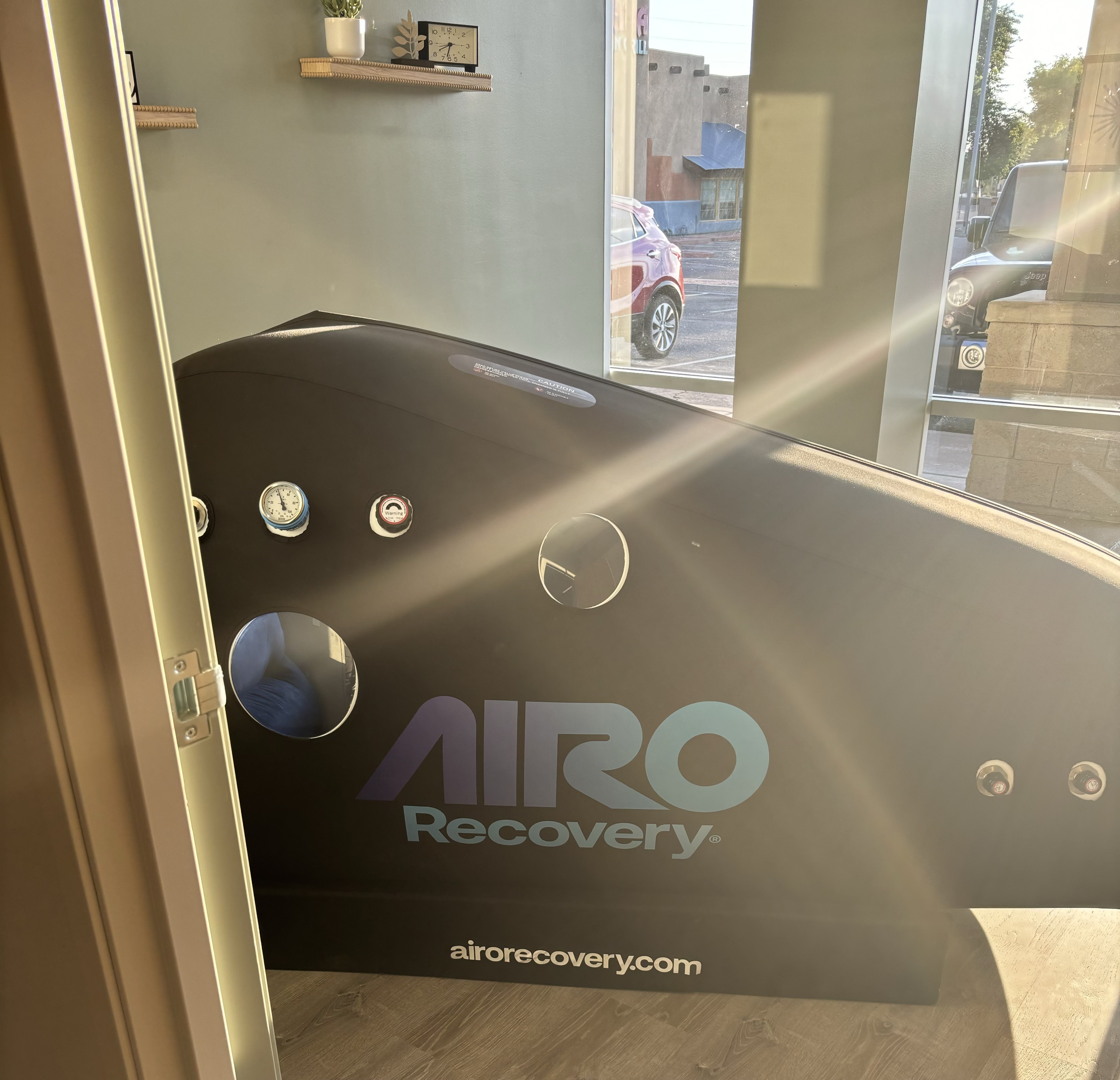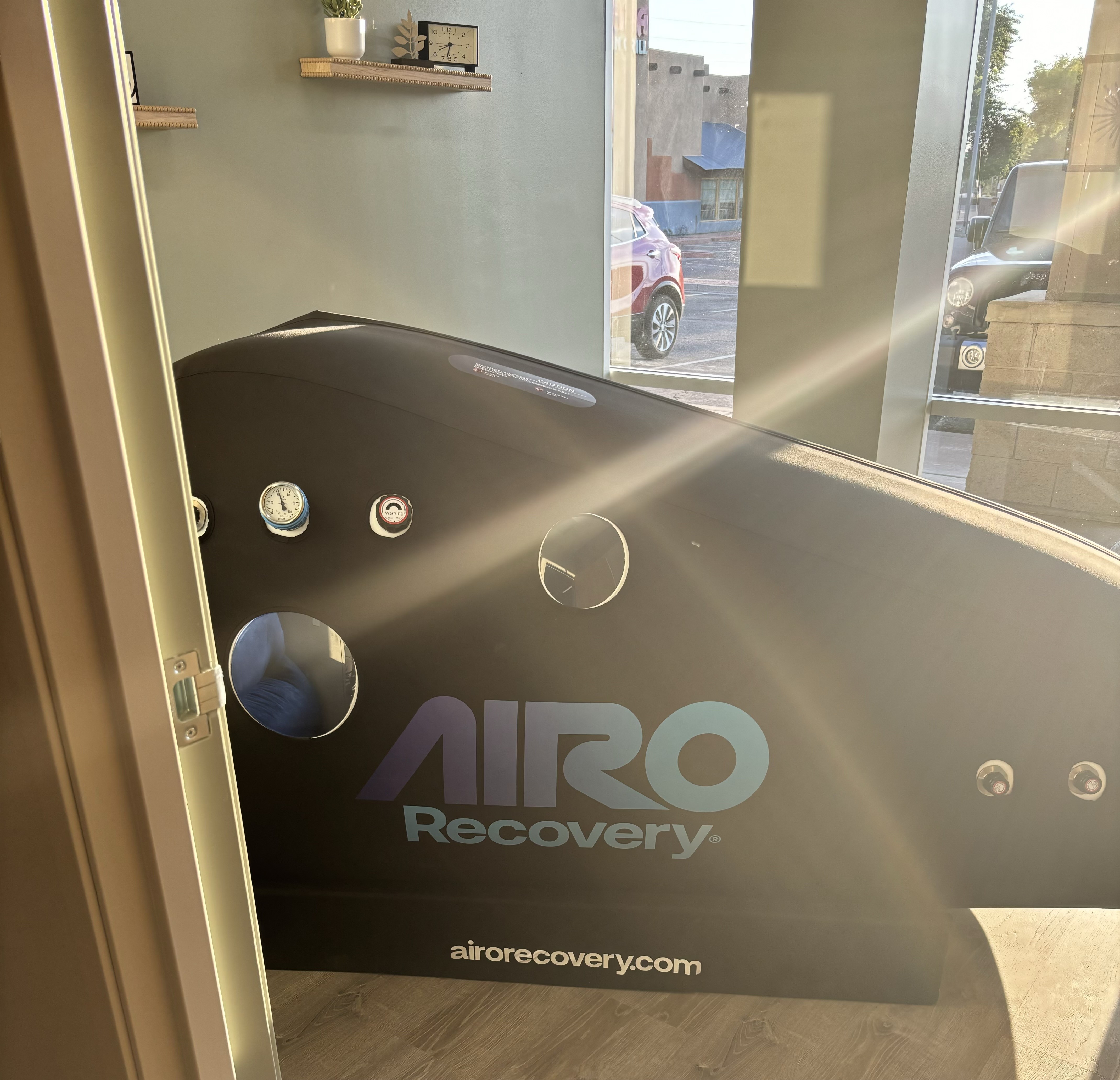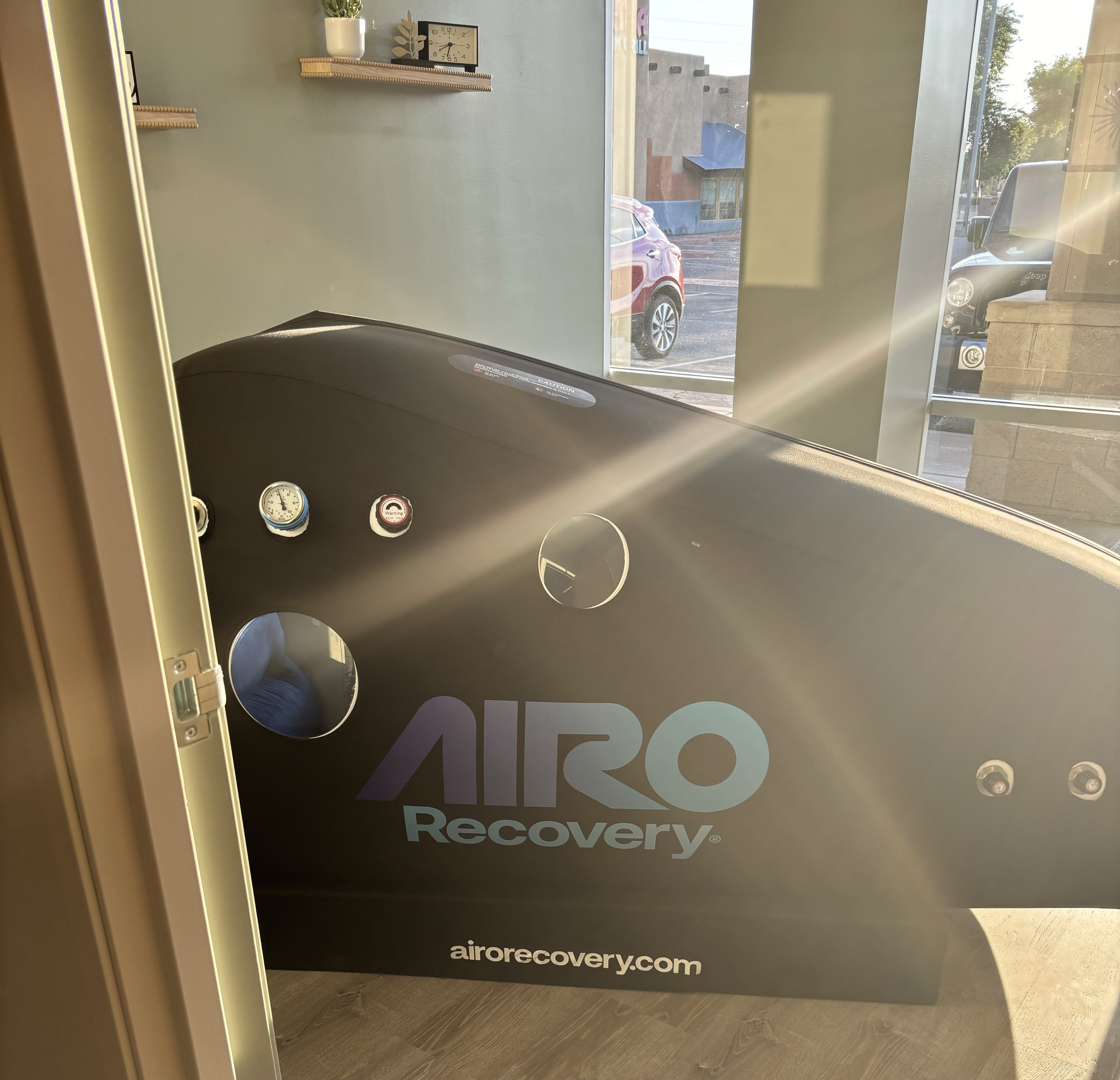Blog
Chiropractic Care: A Potential to Help With Bell's Palsy
Bell's palsy is a condition that affects the facial nerves, leading to weakness or paralysis on one side of the face. It can be a distressing and uncomfortable experience, causing difficulties with facial expressions, speech, and eating. While conventional medical treatments are commonly used, an alternative approach that has shown promise in relieving symptoms is chiropractic care. In this blog post, we will explore the potential benefits of chiropractic care for Bell's palsy and how it may contribute to the overall well-being of individuals dealing with this condition.
Understanding Bell's Palsy
Bell's palsy occurs when the facial nerve, which controls the muscles responsible for facial movements, becomes inflamed or compressed. The exact cause is still uncertain, but viral infections, such as the herpes simplex virus, are believed to play a role. Symptoms typically include sudden weakness or paralysis on one side of the face, facial drooping, difficulty closing the eye, drooling, pain around the jaw or behind the ear, and heightened sensitivity to sound in one ear.
Chiropractic Care and Bell's Palsy
Chiropractic care focuses on the relationship between the spine and the nervous system, emphasizing the body's ability to heal itself. Although chiropractic treatment is not a direct cure for Bell's palsy, it aims to optimize nervous system function and facilitate overall health. Here are some ways chiropractic care may benefit individuals with Bell's palsy:
-
Spinal Alignment: Chiropractic adjustments, also known as spinal manipulations, involve applying gentle and controlled pressure to the spine. These adjustments help restore proper alignment, which can relieve tension on nerves and improve overall nerve function. By ensuring optimal nerve supply to the affected facial muscles, chiropractic care may enhance their ability to function and recover.
-
Improved Blood Circulation: Proper blood flow is vital for healing and recovery. Chiropractic adjustments have been shown to improve blood circulation throughout the body. By enhancing blood flow to the affected facial area, chiropractic care may promote the delivery of essential nutrients and oxygen to the damaged nerves, potentially aiding in their healing process.
-
Reduced Muscle Tension: Bell's palsy can lead to muscle stiffness and tension in the face and neck. Chiropractic techniques, such as soft tissue therapy and massage, can help alleviate muscle tension and promote relaxation. By reducing muscle tightness, chiropractic care may contribute to reducing pain and improving facial muscle mobility in individuals with Bell's palsy.
-
Enhanced Nerve Communication: Chiropractors focus on optimizing the communication between the brain and the body by ensuring a healthy nervous system. Chiropractic adjustments aim to remove interference in nerve pathways, allowing for better communication between the brain and the affected facial nerves. This improved neural connection may enhance the body's ability to self-heal and recover from Bell's palsy.
-
Holistic Approach: Chiropractors often take a holistic approach to healthcare, considering the overall well-being of the individual. They may provide advice on lifestyle modifications, nutrition, and exercises that can support the body's healing process and improve overall health. By addressing various aspects of well-being, chiropractic care can complement conventional medical treatments for Bell's palsy.
While there is no guaranteed cure for Bell's palsy, chiropractic care offers a potential avenue for relief and support in managing the condition. By focusing on spinal alignment, improving blood circulation, reducing muscle tension, enhancing nerve communication, and adopting a holistic approach to wellness, chiropractic care may contribute to the overall healing and recovery process. If you or someone you know is dealing with Bell's palsy, consider consulting with a qualified chiropractor who can provide personalized care and support throughout the healing journey.
‹ Back









